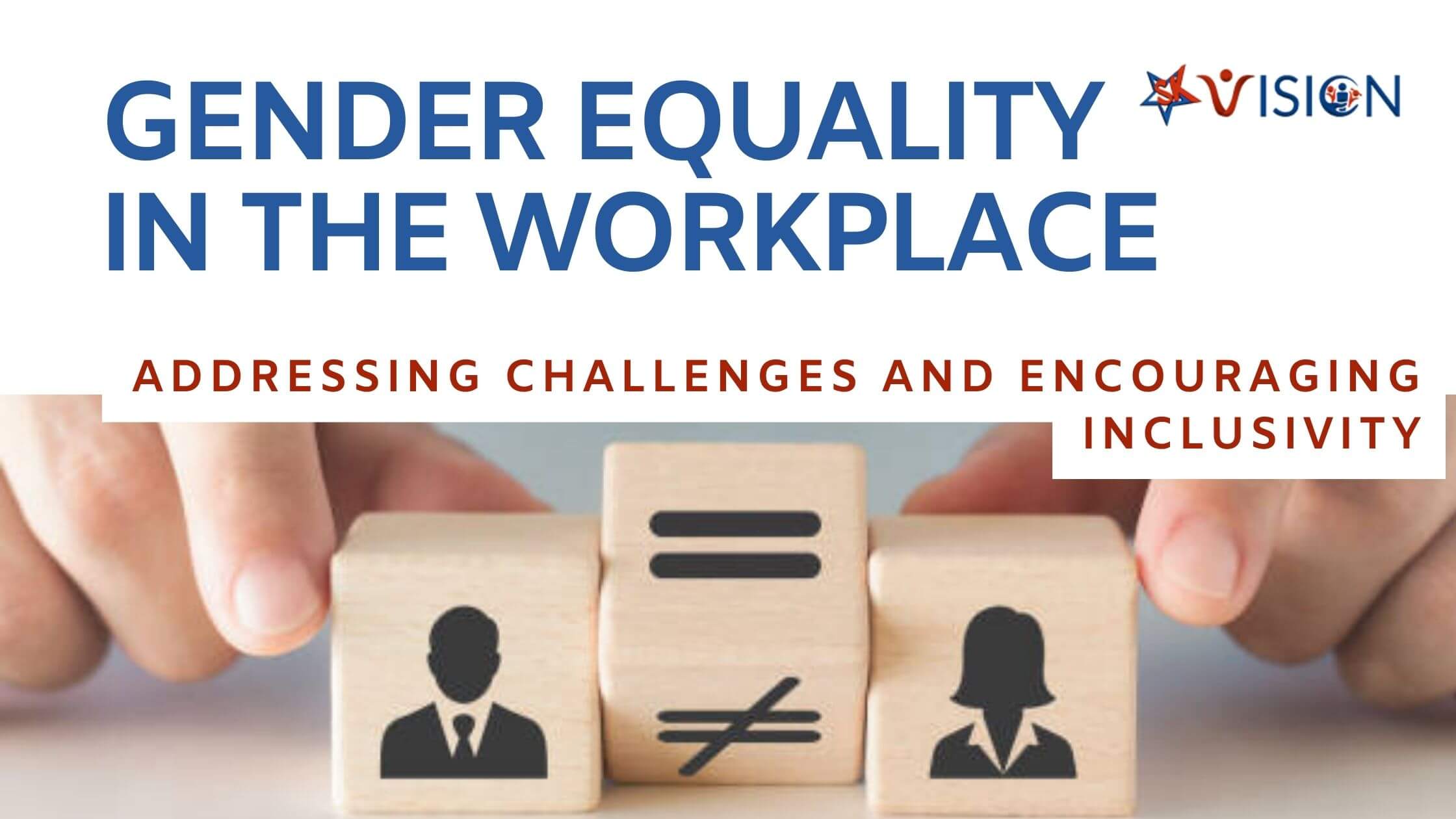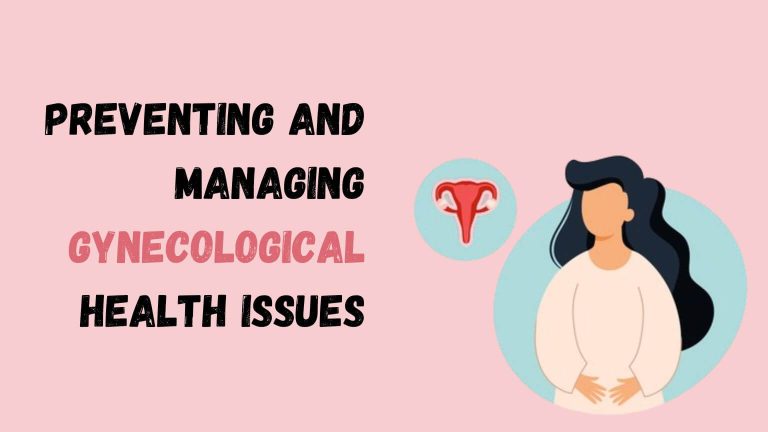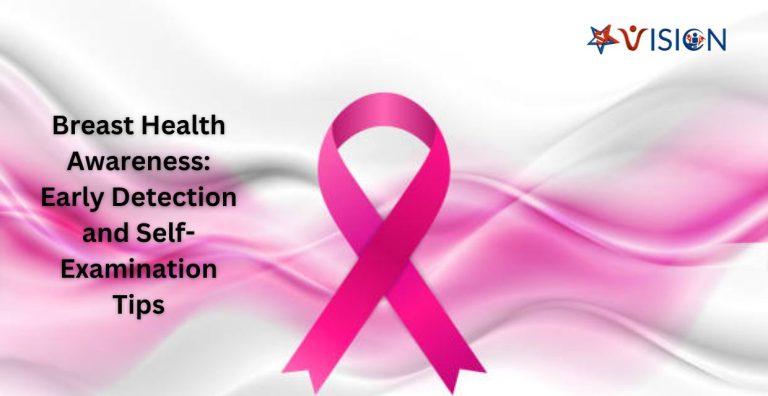Gender inequality in India is very common not only in the workplace but in the entire society. Society always gives priority to male society over female society. Women have to face many barriers to achieve success in life.
According to global reports, gender inequality remains a major problem in businesses everywhere, including India. A major obstacle women face is the widespread cultural acceptance of outdated gender norms.
Many Indians think that women should take care of their families, stay at home and not work outside the home. In India, deep-rooted prejudices in society keep women away from fields where men dominate.
Advantage of gender equality:
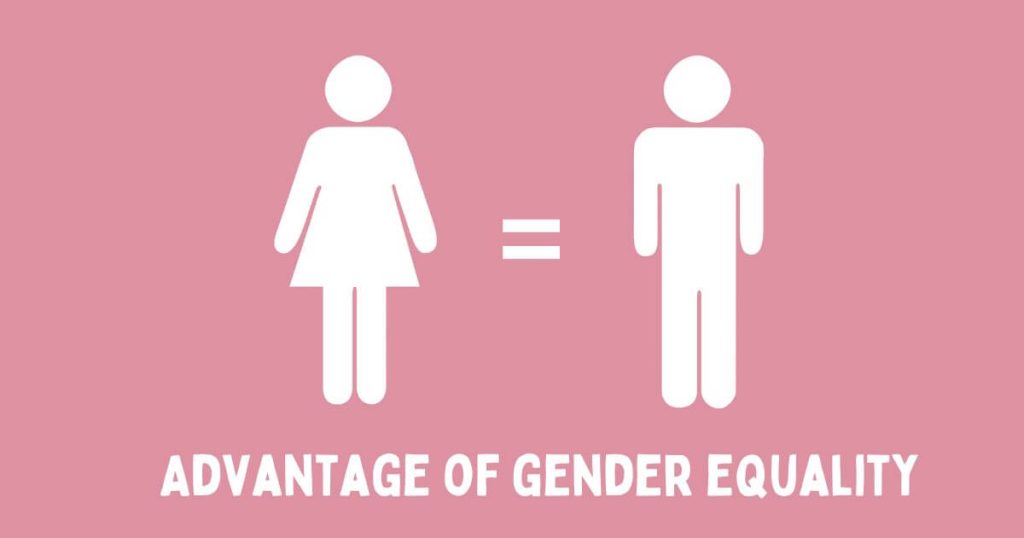
Gender equality has many benefits that go beyond encouraging inclusion and diversity in the workplace.
- It eliminate deep-rooted and persistent biases and prejudices that have long plagued our society, from everything from social and political participation to access to educational and economic possibilities.
- Gender equality creates an equal environment where skills and abilities can develop without hindrance. It ensures that people have equal access to opportunities, resources and career advancement regardless of their gender identity.
- The friendly environment that encourages gender equality gives workers a sense of community and involvement. Higher employee retention rates result in employees staying with the company longer when they are valued and respected.
- Gender-diverse teams perform better than homogeneous teams in any company. Increased creativity, inventiveness, and decision-making effectiveness can be improved by different perspectives, experiences, and problem-solving techniques.
- Gender equality measures such as paid maternity leave and flexible work schedules have reduced stress and increased general well-being.
- More women in the workforce will improve economic decision making, ultimately resulting in sustainable economies and benefits for society as a whole.
- Achieving equality of earnings, along with women’s equality, generally increases economic diversity and productivity.
Companies can contribute to the positive image-building process and attract a larger workforce by supporting gender equality. A diverse workforce is an essential factor when assessing businesses and employment opportunities.
Challenges of gender inequality in workplace
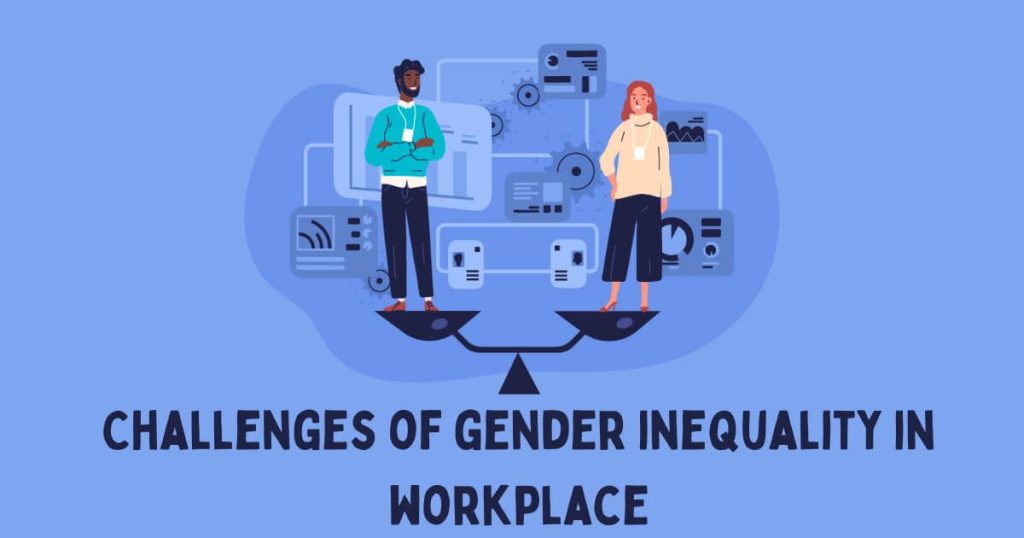
In the work place there are several challenges faced by females :
Disparity in income of women:
Women’s salary expectations are lower than equally qualified men, and they are less likely to get entry-level jobs. This pay disparity is even more pronounced for racialist women. Unfair pay often arises during the employment process.
Pay inequality often begins during the employment process. Compared with equally skilled men, women have lower income expectations and are less likely to reach entry-level positions. Pay inequality exists because there are fewer of them to take on leadership roles within the organization.
Gender Disparity:
A restricted or undeserved group may be the target of gender stereotyping. It is the broad abstraction of an individual’s characteristics used to justify discrimination. It can take the form of verbal, nonverbal, or environmental cues.
Discrimination based on color increases gender stereotypes for women of color, who often experience small-scale assaults workplace.
Sexual abuse:
Female employees who suffer sexual harassment are another hurdle to overcome for gender equality.
The #MeToo movement highlighted the common experience of sexual harassment that women face in the workplace. As a result, reporting of sexual harassment in the workplace has increased, and victims are now more likely to be believed.
Work and life balance:
Women often act more invisible than their male counterparts. She has to balance between job and domestic duties like taking care of children and everyday household work.
It is believed that mothers “struggle” to meet the demands of their work because they are the ones providing care. Because of this, female employees are less likely to be discriminated against or promoted.
Best Ways to Promote Gender Equality in the Workplace
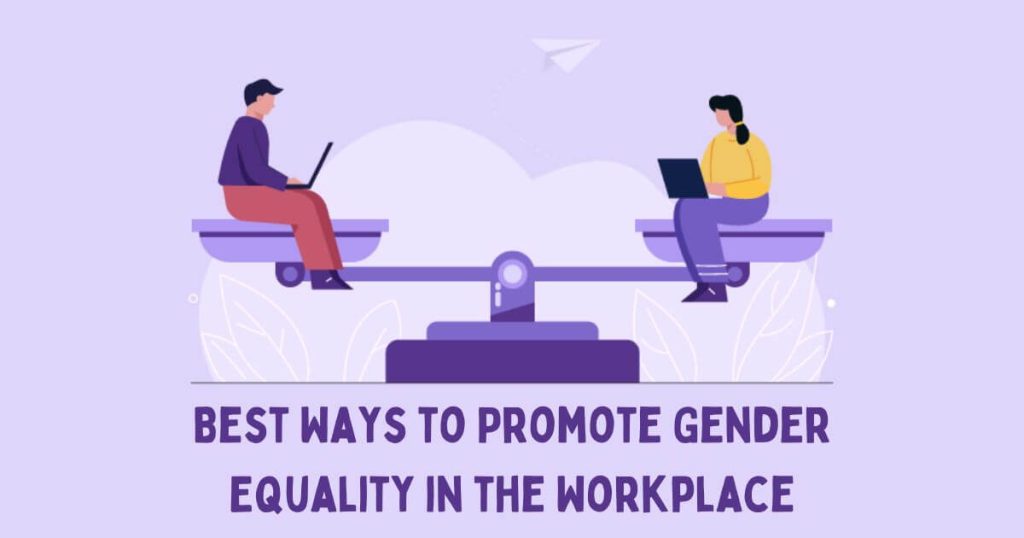
To effectively implement and promote gender equality, HR departments must first look at and assess the existing work environment within the organization.
Investigating Equal Pay Laws and Policies –
Following assessment, identifying opportunities for improvement will help draft guidelines that will specifically address disparities in income, setting ethical standards. Which are similar to the contractual terms and conditions, such as annual leave allowance, allowances and performance-based salary increases.
Tackling gender stereotypes and unconscious bias head-on.
Gender stereotypes and unconscious biases are reinforced when people hold certain ideas and beliefs without even realizing it.
The main difference between stereotype and unconscious bias is liking or disliking something. Stereotypes are beliefs that develop in society over time and assign certain characteristics to every member of a particular group, which may include social class, gender, nationality, religion, and more.
Gender inequality, unconscious discrimination and gender stereotypes can affect decision-making processes, career advancement prospects and performance reviews in the workplace, resulting in people being treated unfairly.
Promote gender diversity at all levels
Establishing equal opportunities at all levels, particularly in leadership roles, where the gender gap is most pronounced, while actively working to build teams of diverse backgrounds are goals that organizations should pursue.
Mentoring programs are also successful in matching employees with mentors who share their ideas and experiences and who can provide professional advice, support, and encouragement when needed.
Issues include gender-inclusive wording in job advertisements, targeted recruitment efforts, diversity training, and creating an environment that promotes and supports diversity.
Mentoring programs are also successful in matching employees with mentors who share their ideas and experiences and who can provide professional advice, support, and encouragement when needed.
Conclusion
Gender inequality is an essential ingredient to building inclusive, diverse and productive businesses. Organizations can harness the full potential of their workforce, innovate and promote sustainable development by improving gender equality and inclusion.
It is our common duty to eliminate prejudices, establish equal opportunities and promote a respectful and just society. Let’s work together to create a work environment where all people, regardless of their gender, can thrive and make a positive impact.

